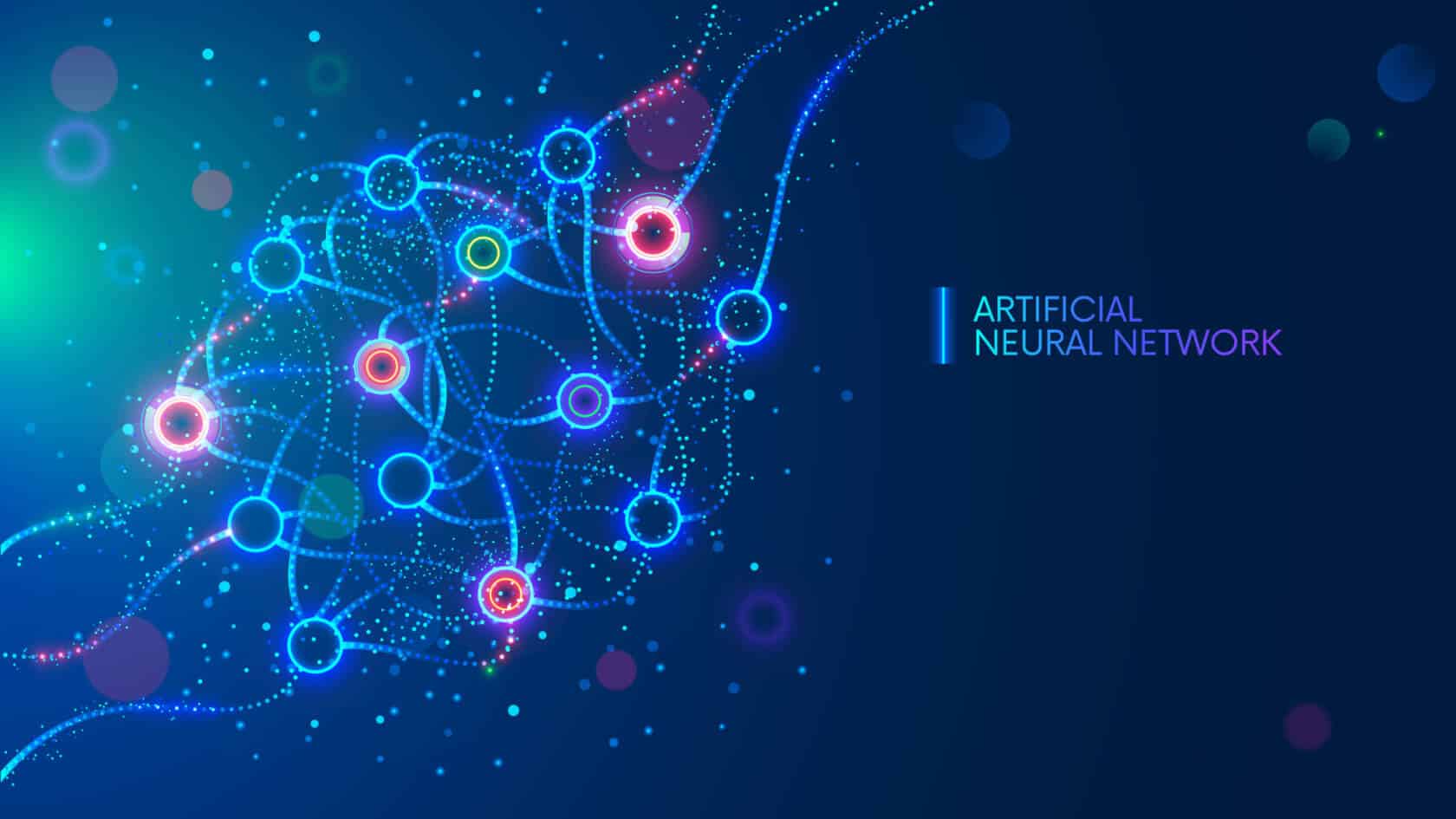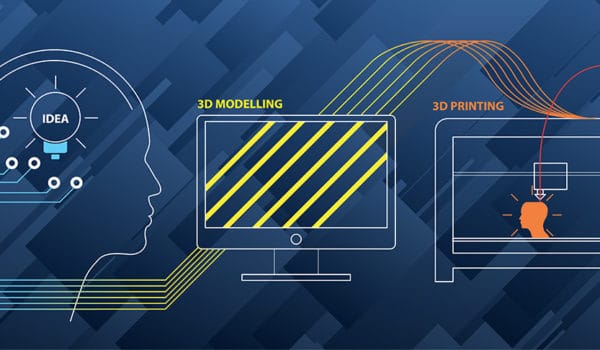A neural network is a programming solution that uses machine learning (ML) methods to simulate the functions of the human brain. When compared to typical computers, neural networks process data faster and have better pattern recognition and problem-solving capabilities. This page discusses the meaning, operation, kinds, and applications of neural networks.
These days, when we talk about Machine Learning (ML) and Artificial Intelligence (AI), we probably talking about neural networks. Neural networks have played a crucial role in recent years as scientists contemplate major improvements in AI.
But what exactly are these technologies and how do they function?
Artificial Neural Networks Explained
Understanding neural networks can help us better understand how computers are coming to life all around us and making increasingly complex decisions in a variety of situations. Neural networks are, in many ways, some of the fundamental building elements that will enable us to have smart homes, smart services, and smarter computing in general.
A neural network is a software solution that uses ML methods to simulate human brain functions. When compared to typical computers, neural networks process data faster and have better pattern recognition and problem-solving capabilities. Artificial neural networks (ANNs) and simulated neural networks (SNNs) are two terms for neural networks.
An ANN is a technology that functions based on the workings of the human brain. In particular, the ANN mimics the activity and structure of actual neurons in the brain in several aspects. Neural networks are created in a variety of methods, in calculated models that are used in ML projects where computers are taught to ‘think’ for themselves.
We can make headway toward finding out how to make a computer ‘behave like a brain’ based on what we know about the human brain and what we can do with cutting-edge technology. Engineers, on the other hand, are not replicating human cognitive behavior. The human brain is a mysterious black box that we don’t truly understand.
The ability of a neural network to ‘think’ has changed the way we think about computing. These intelligent solutions can interpret data and account for context.
The following are four critical steps that neural networks must take in order to function properly:
- Associating or training neural networks allows them to ‘remember’ patterns. If the computer sees an unfamiliar pattern, it will associate it with the closest match in its memory.
- Sorting or categorizing data or patterns into predefined groups.
- Clustering, or identifying a unique aspect of each data instance in order to classify it even when no other context is present.
- Prediction, or the generation of expected results based on a relevant input, even when all context is not provided upfront.
How It Works
To understand how neural networks work, it’s important to understand how the neurons work in the human brain.
A neuron, which is made up of a nucleus, dendrites, and an axon, uses an electrical impulse to send signals through the brain. That is how we obtain all of our sensations and stimuli to which we respond with our central nervous system.
Biological models depict the unique structure of this type of cell, but they frequently fail to map out the activity pathways that direct neurons to send signals through various levels.
A neural network, like a neuron, has multiple levels. The neural network, in particular, has an input layer, hidden layers, and an output layer. Signals pass through these layers to produce ML results.
The basic operation of artificial neural networks is based on a series of weighted inputs. This is based on the biological function of neurons in the brain, which take in various impulses and filter them through the various levels. They do this so that they can interpret the signals they receive and deliver them as understandable ideas and concepts to their destination.
Consider the brain – and the neural network – to be a ‘thought factory’ with inputs and outputs. However, by mapping what happens in those in-between areas, the scientists behind neural network advancement can get a lot closer to ‘mapping out’ the human brain, though the general consensus is that we still have a long way to go.
This discovery and modeling in a neural network take the form of computational data structures made up of the input layer, hidden layers, and output layer. The key to these layers of neurons is a series of weighted inputs that combine to provide ‘food’ for the network layer and determine what it will pass on to the next layer.
Neural networks are being used in everything from business to social media, to law and order.
All of this will transform call center work, cashiering, and anything else that requires a human connection. It will essentially transform our world, so stay tuned for additional information about what the common person can do to learn more about these fascinating technologies.
Photo: Andrey Suslov/Shutterstock
You might also like:
Support us!
All your donations will be used to pay the magazine’s journalists and to support the ongoing costs of maintaining the site.
Share this post
Interested in co-operating with us?
We are open to co-operation from writers and businesses alike. You can reach us on our email at [email protected]/[email protected] and we will get back to you as quick as we can.










